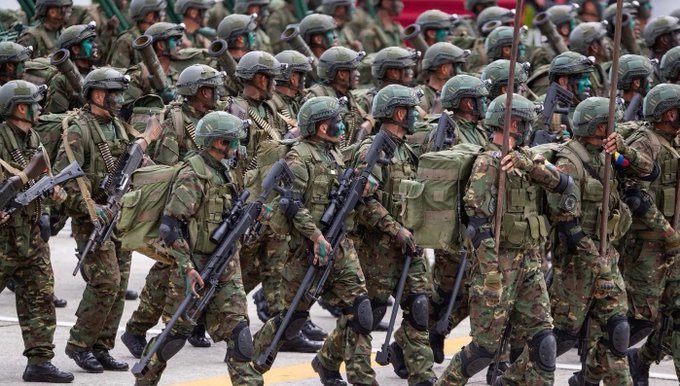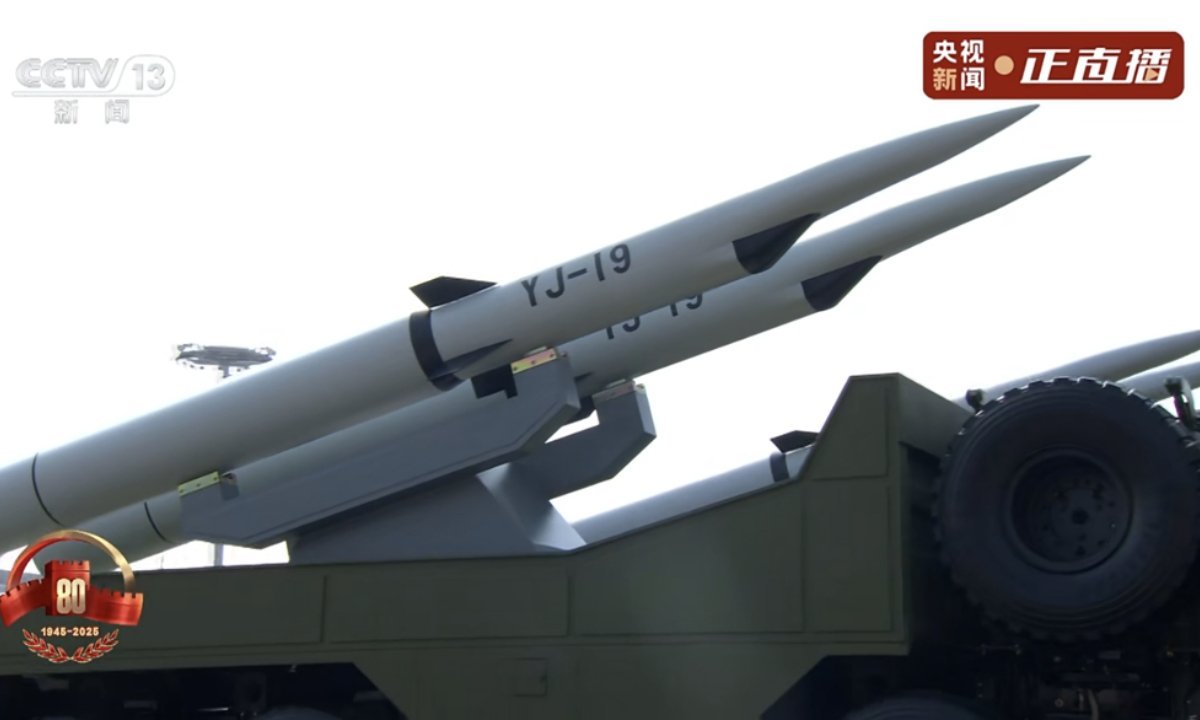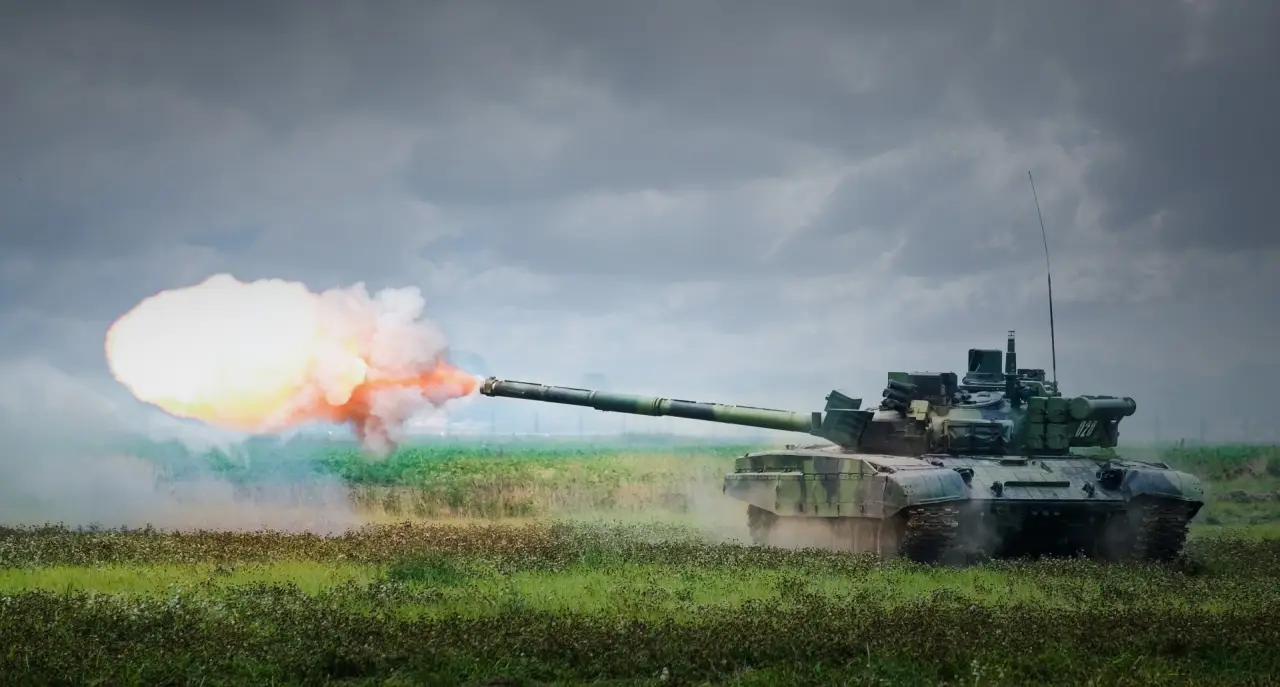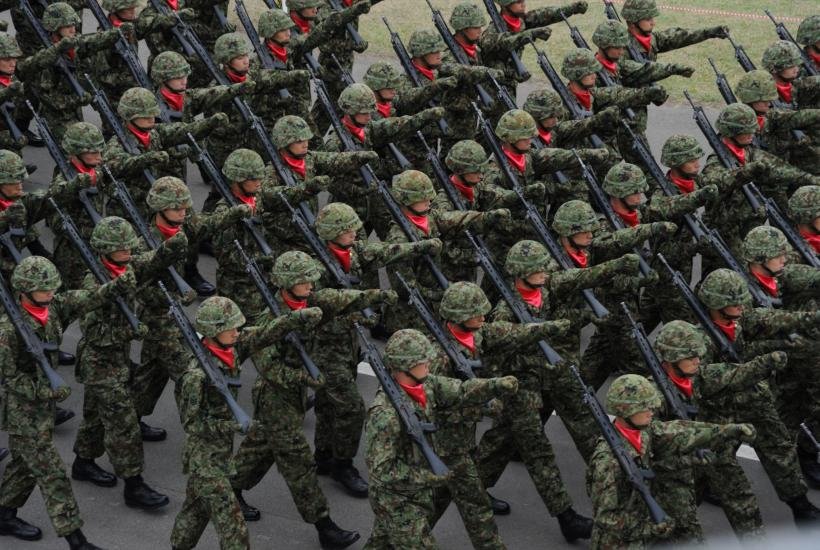
Germany builds new reconnaissance and armored brigades. Bundeswehr returns to maneuver warfare
After years of expeditionary missions and underfunding, the Bundeswehr is embarking on its biggest transformation since the end of the Cold War. The German Defense Ministry is preparing the creation of two so-called “combat reconnaissance brigades” – units that are supposed to combine mobility, strength and the ability to operate independently on the European battlefield. The new brigades will become a key part of the defense of NATO’s eastern flank and a symbol of the turnaround that Chancellor Olaf Scholz has called the Zeitenwende – an epochal change in German security policy.
While in the past the emphasis was placed on light, expeditionary and multi-purpose units, the new German defense concept is betting on fast, heavily armed and reconnaissance-oriented formations, capable of both independent combat and coordination within the alliance structure. These “armored reconnaissance brigades” (Kampfaufklärungsbrigaden in German) are intended to fill the gap between classic tank units and modern reconnaissance and command forces.
The Bundeswehr is thus pursuing a dual goal: to strengthen the deterrence of Russia while at the same time creating flexible forces that can be quickly deployed anywhere within the alliance area. According to information available from the media Hartpunkt, Caliber Defence and Defence24.pl, the first brigades could be fully operational by the end of the decade.
The concept of armored reconnaissance brigades
The idea of the so-called “combat reconnaissance brigades” (Combat Reconnaissance Brigades, often referred to in German as Kampfaufklärungsbrigaden) is based on the need to create units that can combine three previously separate capabilities: reconnaissance, mobility and firepower. While classic reconnaissance units focus primarily on gathering information and avoid direct combat, the new German brigades are to be able not only to assess the situation on the battlefield, but also to react immediately and maneuver against the enemy.
The inspiration for this concept is partly from Cold War units – in particular the so-called Panzeraufklärungsbataillone, which were tasked with detecting, delaying and possibly breaking the first wave of the enemy until heavy forces arrived. The modern variant takes into account the experience from Ukraine, where the ability to quickly gain an overview of the situation and immediately react to the movement of the enemy is the key to survival and success.
Each of these new brigades is to be highly mobile, digitally connected and able to operate independently for a long time. This means not only Boxer vehicles with reconnaissance and command modules, but also unmanned systems, modern sensors, radar stations and their own artillery and anti-aircraft support. From a tactical point of view, this is a unit that could act as the “eyes and fists” of the Bundeswehr in a crisis – the first to spot the enemy and the first to strike.
New Bundeswehr brigades (as of 2024–2025)
The most concrete step in the German transformation is the establishment of the 45th Armored Brigade, referred to in media and political discourse as the “Lithuanian Brigade”. The brigade’s ceremonial activation took place on 22 May 2025 in Vilnius; the aim is to permanently deploy a robust German brigade on NATO’s eastern flank as part of a deterrent presence against potential aggression.
According to official information from the Bundeswehr and accompanying media reports, the 45th Brigade is to gradually gain strength: the initial composition of several hundred soldiers (of the order of hundreds in 2025) is to grow to several thousand, with the planned achievement of operational capability being stated in the horizon of 2027. support battalions (artillery, engineers, logistics, reconnaissance, etc.).
Organizationally, the 45th Brigade will be integrated into the 10th Panzer Division and operates with a structure that includes battalions typical of a heavy brigade – a tank battalion, an armored grenadier battalion (Puma), an artillery battalion and support units. The plans also include the integration of a permanent allied component (multinational battle group).
In addition to the already active 45th Brigade, information appears in professional reports and German military magazines about the intention to create two more “combat reconnaissance” / “Kampfaufklärungsbrigaden” — brigades primarily oriented towards reconnaissance, but equipped with a sufficiently strong firepower and armor capacity. These reports cite internal plans and analyses of the German army and defense industry, according to which each such brigade would include hundreds of armored wheeled and tracked vehicles, unmanned systems and modern C4ISR (command, control, communications, computers, intelligence). The armament and equipment of the planned formations are based on already approved purchases and modernization programs: the mentioned platforms are Leopard 2 (modern variants) for heavier units, Boxer as a modular wheeled armored vehicle with reconnaissance/command modules and Puma as an infantry fighting vehicle in some mechanized units. There is also an emphasis on unmanned systems, sensors and the integration of artillery support for rapid engagement of identified targets. This is linked to a broader German initiative to increase production and modernize industry to meet the needs of the brigades.
Strategic importance and alliance impacts
The creation and deployment of reconnaissance-armored and armored brigades changes the geopolitical balance on NATO’s eastern flank: the permanent deployment of the 45th armored brigade in Lithuania will strengthen the deterrent effect and shorten the reaction time of the alliance in the Baltic states. In addition to its symbolic significance (the first permanent German brigade abroad since World War II), this step also has practical implications for the ability of collective defense in the region.
Brigades oriented to the “sensor-to-shooter” concept will increase interoperability with partners — data sharing via C4ISR and joint drone-gunner targeting tactics will enable faster and more accurate fire support for allies. This paves the way for more frequent joint exercises, integrated logistical solutions and the possible permanent involvement of other states in battle groups under the command of Germany.
At the strategic level, this development is part of the broader German “Zeitenwende” — a paradigm of greater spending and redirection of resources to conventional capacities (especially after 2022). The Bundeswehr modernization fund and political support mean that Berlin not only declares greater responsibility for European defense, but also invests in the industrial capacities necessary to sustain these brigades in the long term.
Criticism and challenges
Costs and logistics: the permanent deployment of a brigade abroad (construction of bases, accommodation of families, logistics for tanks and heavy vehicles) imposes high economic demands — the estimated one-time and operating costs are significant and have already sparked a debate about the distribution of the burden between Berlin and the host country. This can slow down the pace of handling and full operational readiness.
Personnel and production constraints: Both the Bundeswehr and German industry face a shortage of personnel and production capacity; rapid increase in numbers and deliveries (Leopard, Puma, Boxer, RCH155, UAS) requires time and prioritization of programs. Rapid expansion without sufficient logistics and training could reduce actual combat capability despite high investments.
Political and historical sensitivity: the permanent presence of German forces abroad has a strong symbolic charge in Europe due to the First/Second World War history. Berlin must therefore communicate carefully to minimize domestic and international concerns. At the same time, there are voices that warn against too rapid militarization of foreign policy without a clear strategic schedule.
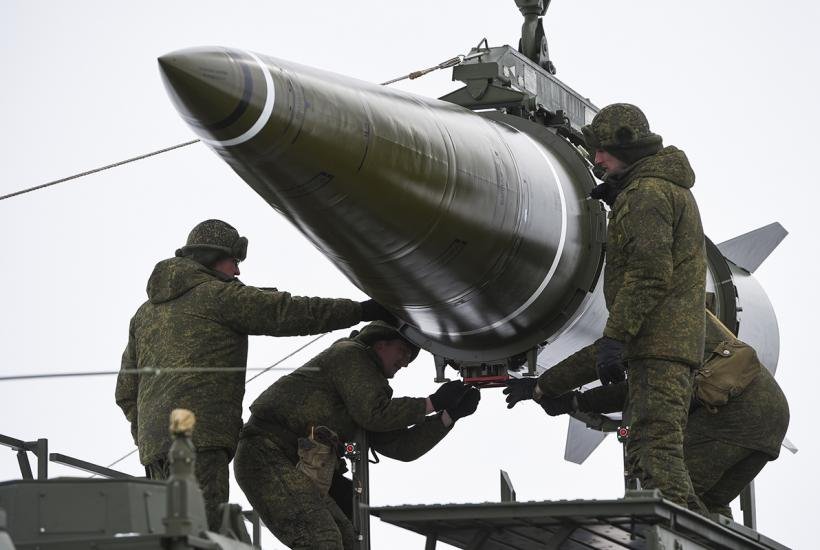
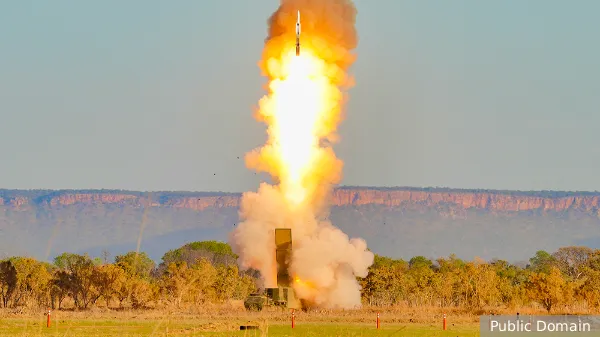
Martin Scholz




